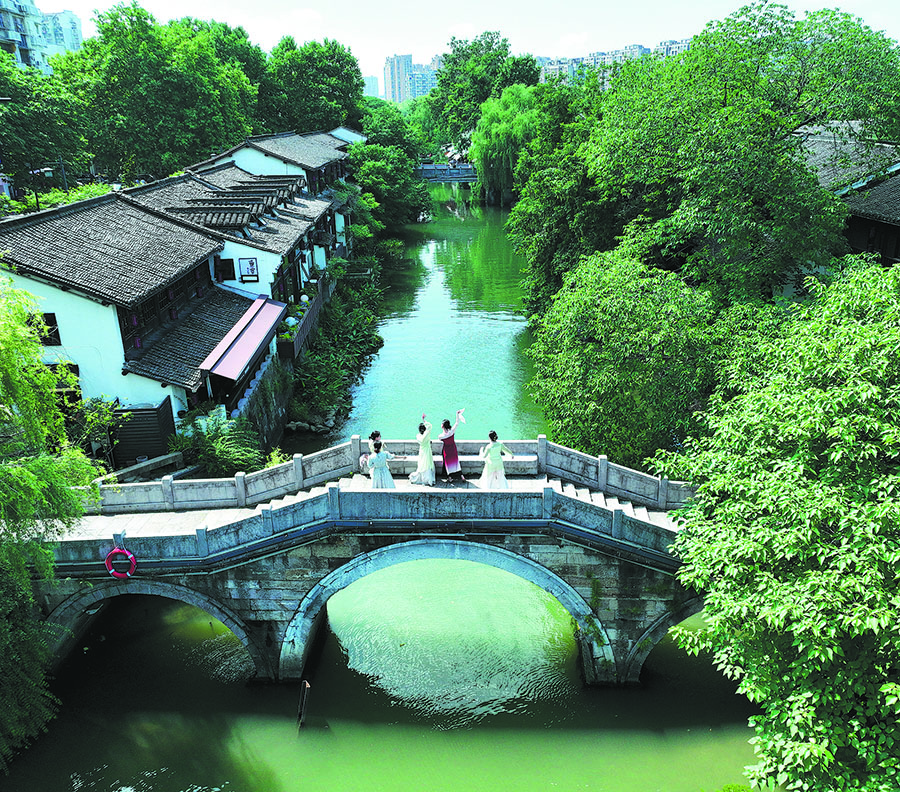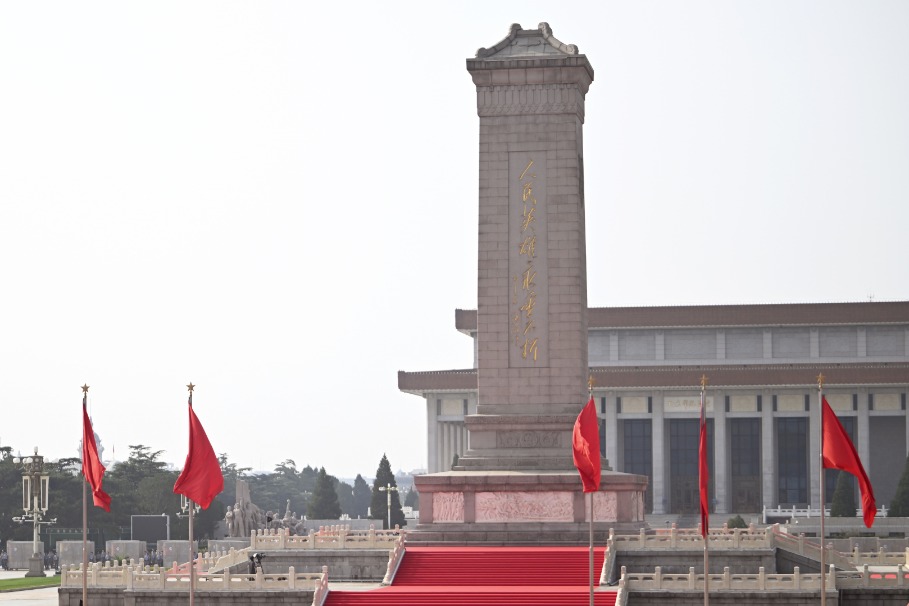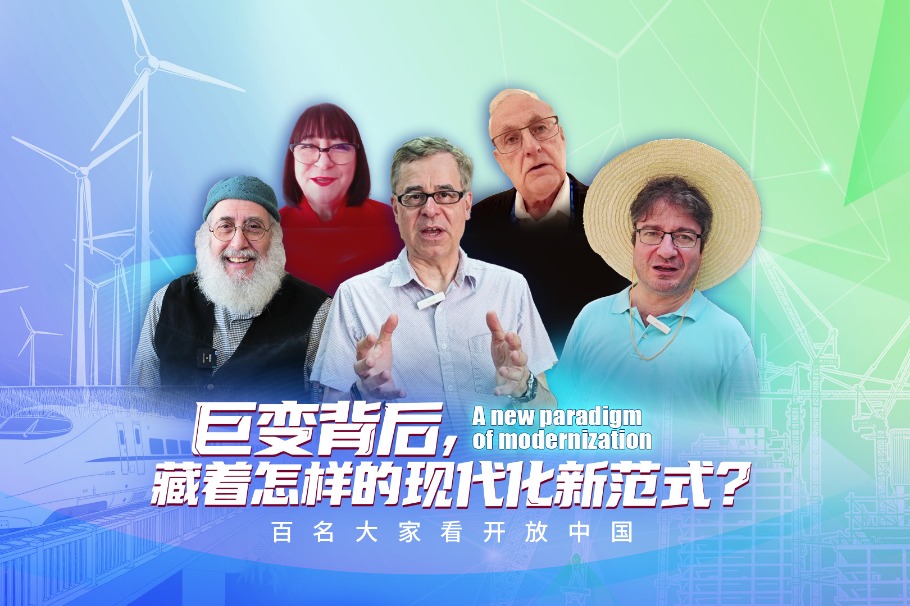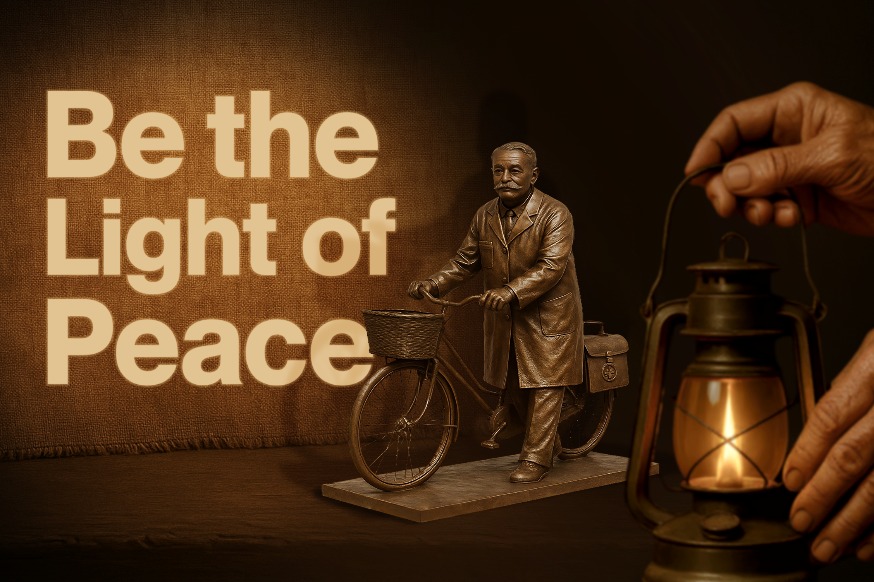How tech bridges Grand Canal culture


By deeply integrating AR (augmented reality) and AI technologies, the culture of the Grand Canal is liberated from the constraints of time and space, presenting itself in an immersive, interactive and global manner. This redefines the modern value of cultural heritage, he says.
Ji also emphasizes that tech companies should employ natural and simple interactive designs to quickly connect audiences with culture, allowing historical culture to seamlessly enter the audience's minds and resonate with them.
However, Yang warns that as museums evolve, they must remain true to their cultural roots, using technology as a tool to present culture in innovative ways, which represents both a trend and a challenge for museum development.
Looking ahead, Tian Feng, head of an institute called Kuaisimanxiang, that translates as thinking fast and slow, engaging in research, consulting and training in the fields of AI and robotics, highlights the emergence of tourism-focused intelligent systems.
Using AI and other intelligent systems, these platforms can recommend museums and attractions, seamlessly integrating travel, dining and accommodation to enhance tourism, he says.
Technologies such as AI, extended reality, 3D printing and panoramic cameras can infuse new commercial vitality into the Grand Canal experience, Tian explains, emphasizing the importance of creating interactive digital products that can sustain visitors' interest.
Sun Jing, executive director of the Grand Canal Research Institute of Beijing Wuzi University, says AI will deepen the integration of culture and tourism, producing new consumption modes.
This includes using large language models to connect such elements as guides, information and shopping, generating AI-rendered avatars of historical figures to interact with visitors and transforming online and offline tours, she says.
"These multidimensional scenarios are poised to unlock new consumption potential," she adds.
























